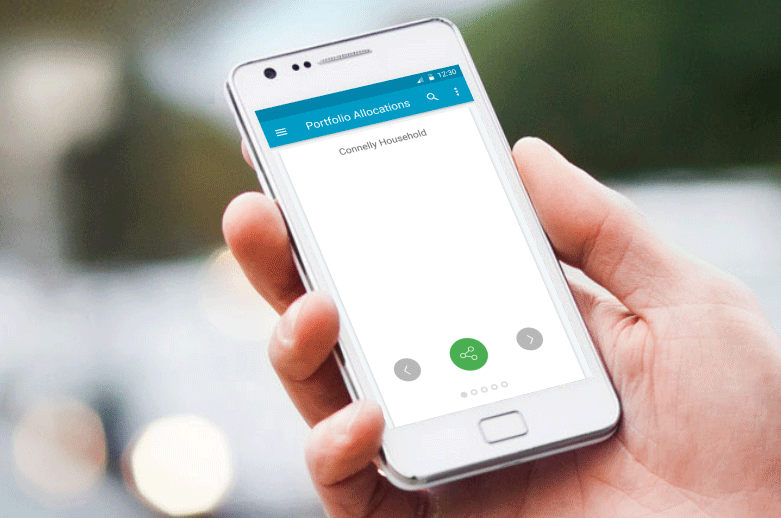The UX designer industry is one of the most rapidly growing industries in the world with a predicted 30% increase over the coming years, which is far above the average job sector growth percentage. With this in mind, it’s safe to say that becoming a UX designer is one of the best creative job roles to be securing, but that doesn’t mean the job-seeking sector is any less competitive.
With an extremely appealing average wage of $95,000 per year, companies and businesses want to make sure they’re securing the best talent for their vacancies. To help you secure the all-important interviews, here’s everything you need to know about writing a killer UX designer resume.
1. Overloading Your Resume With Information
Although you might be an extremely talented UX designer with a tonne of experience behind you that you want to share with your recruiter, these individuals don’t have all day to read through your resume, and it can actually put them off.
This means refining your resume to include only the experience that is relevant to the job role that you’re applying and making sure you streamline your overall resume, ideally to a single page. Remember that you should be including a portfolio alongside your resume for showcasing your experience.
2. Including Your UX Portfolio
A vital part of a UX designer application is your portfolio. This should be delivered alongside your application, either in a hardcopy or as an easily-accessible link to your website or digital copy.
Your portfolio is your chance to stand out from the other applicants and to showcase your skills and what you can achieve for the business. This is your opportunity to share your creativity.
3. Don’t Forget To Master The Basics
This is potentially one of the most common mistakes that UX designers make during the job application process. It’s so easy to fall into the trap of trying to include all the right information that is relevant to the job role that you’re applying for and refine your content, so it’s easily digestible that you forget the basics of resume writing.
“It’s vital for ease of readability that you keep the proper format of contact details at the top of your resume followed by sub-headed sections that break up your resume. Be sure to proofread your resume and make sure your contact details are accurate! Also, keep your resume in a plain text format and save the fancy fonts and colors for your portfolio,” shares Adam Jones, a resume writer for Essay Roo.
4. Using Online UX Resume Tools
When it comes to a UX designer’s resume, accuracy and quality are vital to its success. However, you’re not alone when it comes to achieving this grade of superiority. Here are some online tools that can help you along the way;
Grammarix - Free online grammar checker.
Resume Service - A resume building service that can help you with all your resume related queries.
Boomessays - An online writing agency that can help you with improving your resume writing knowledge, as recommended by HuffingtonPost in Write Essays For Me.
Then vs Than - An online writing agency that can help you with improving your resume writing knowledge, as recommended by HuffingtonPost in Write Essays For Me.
Then vs Than and My Writing Way - These two blogs are packed with posts on how to improve your overall grammar knowledge.
Essay Services - An online service that can help you secure and prepare for your interview, as recommended by UK Top Writers.
Easy Word Count - A free online tool for tracking the word count of your resume.
State of Writing - This blog is full of online writing guides you can follow for a professionally laid-out resume.
Elite Assignment Help - An online writing service that can write your resume for you on your behalf.
Cite It In - A free online tool you can use to add citations and references to your resume professionally.
5. The Work Experience/Skills Section
This is perhaps the most important part of your UX resume. If you’re an experienced UX designer, your experience will be the most significant aspect that you’ll want to focus on. This is because hiring companies will want to see what work you have done in the past and what you have achieved during your UX career.
On the other hand, if you’re a junior UX designer, and you’ve recently come out of education, focus more on the skills and educational sections of your resume, including examples of projects you’ve worked in in the past, what qualifications you’ve earned and how you can apply your skills to the real-life situations the company would have described in the job description.



